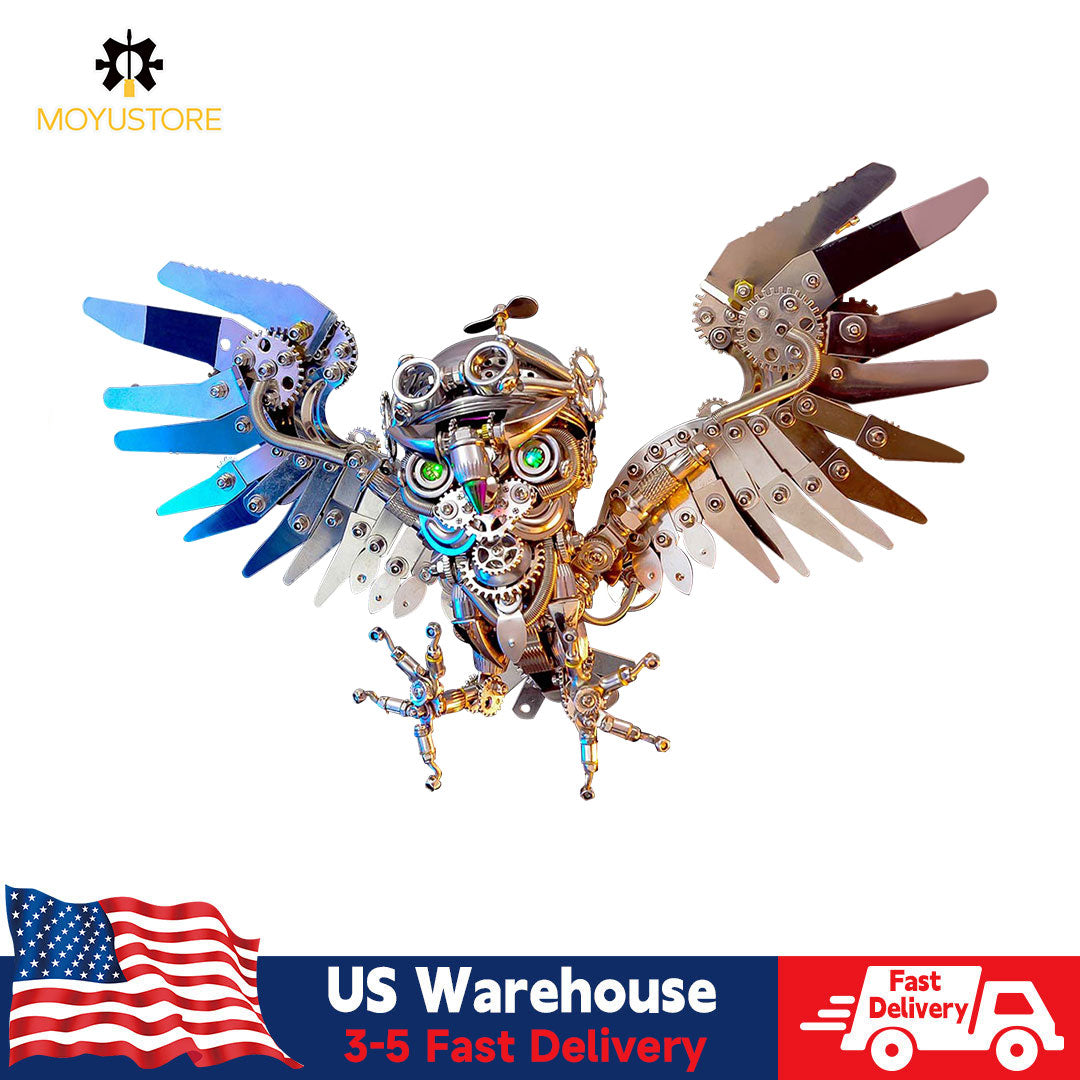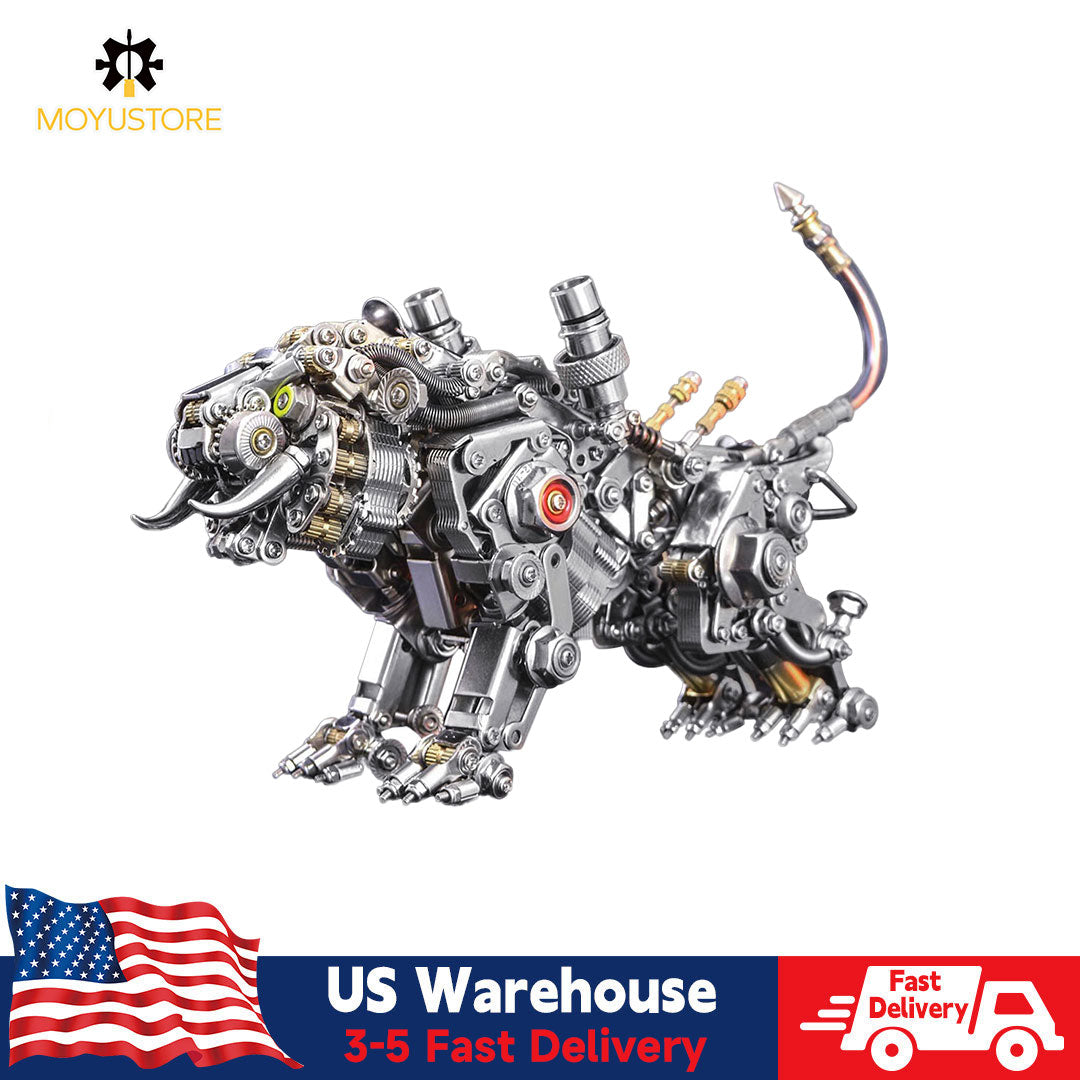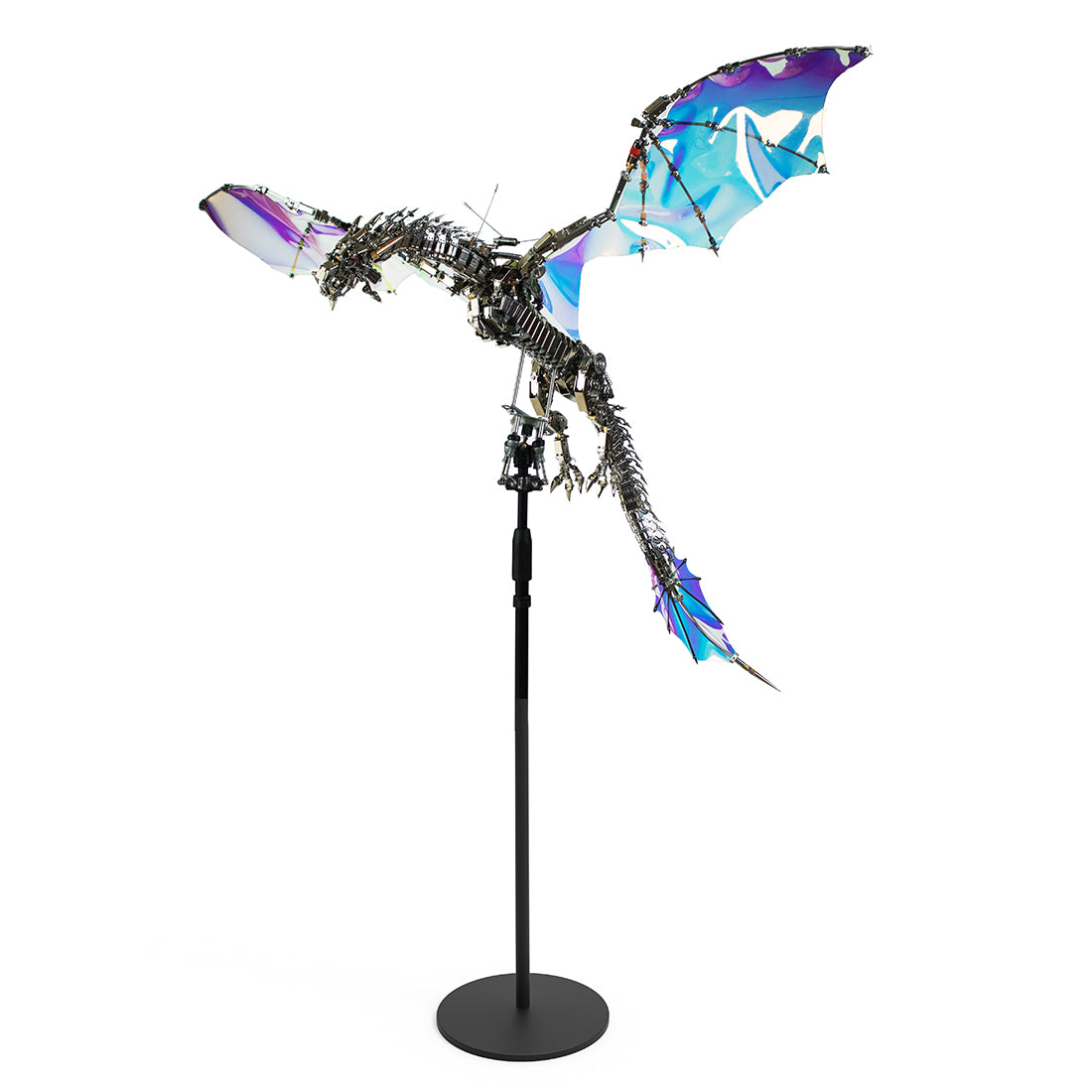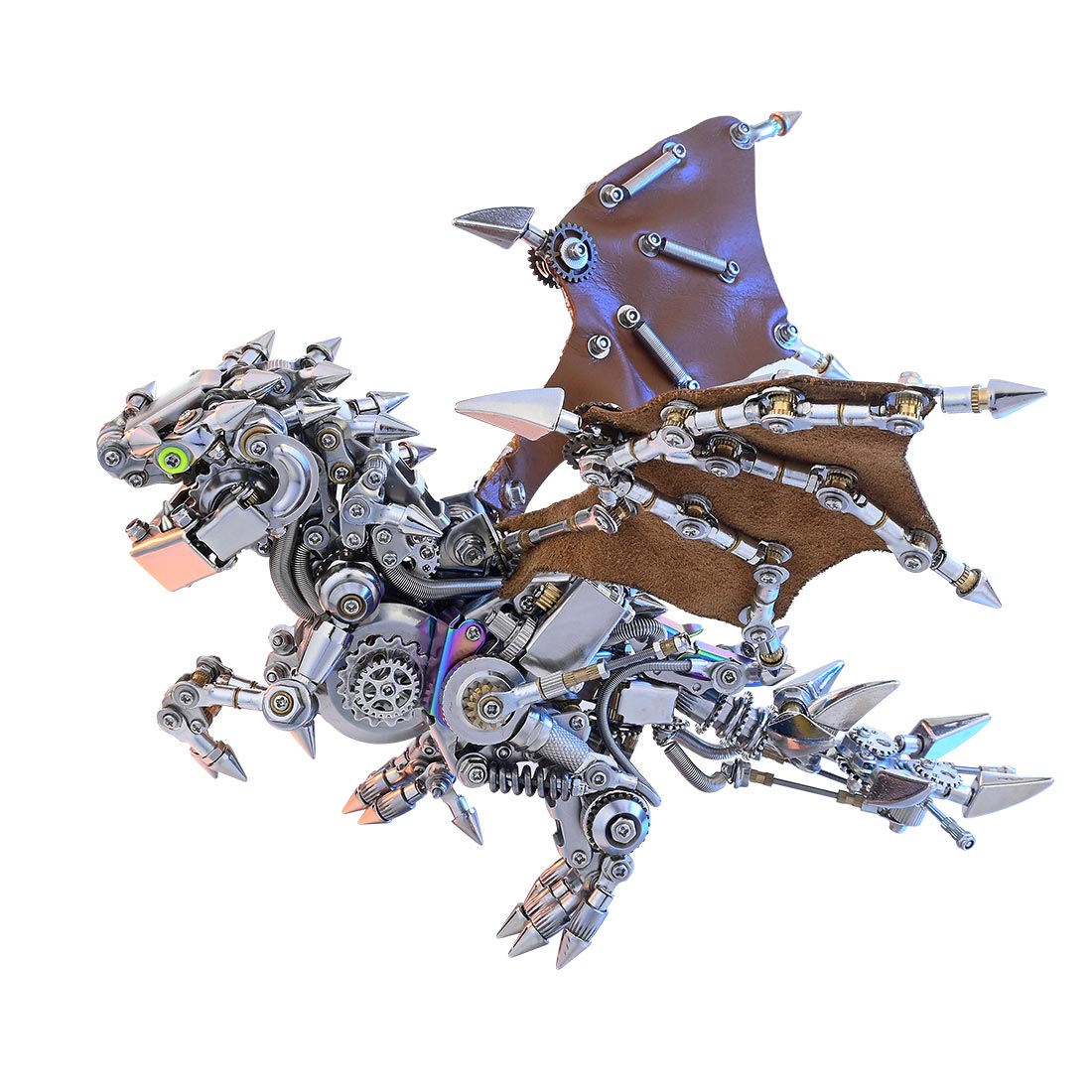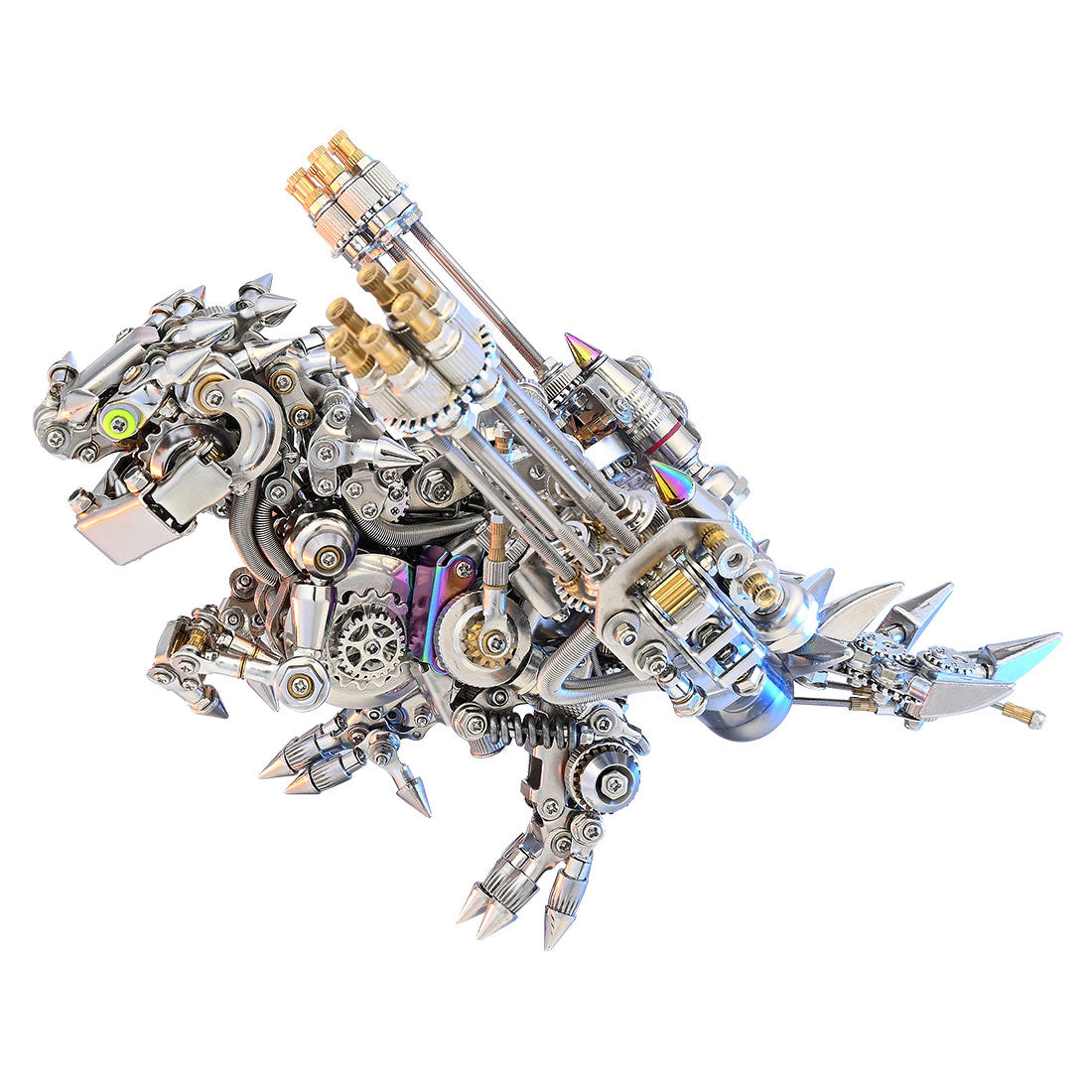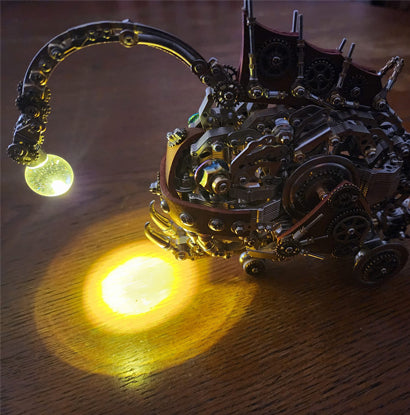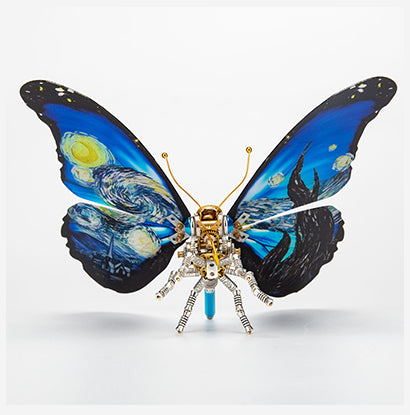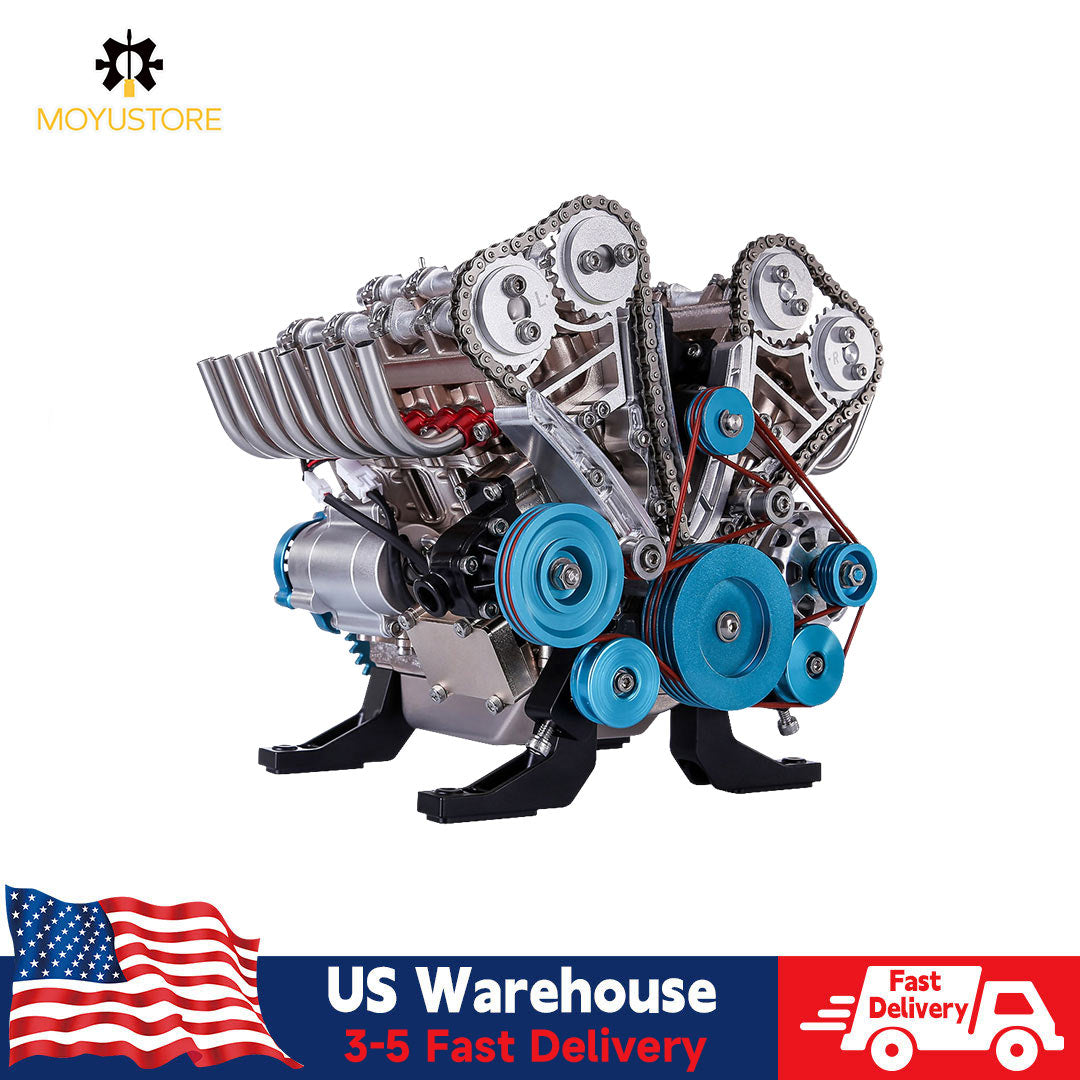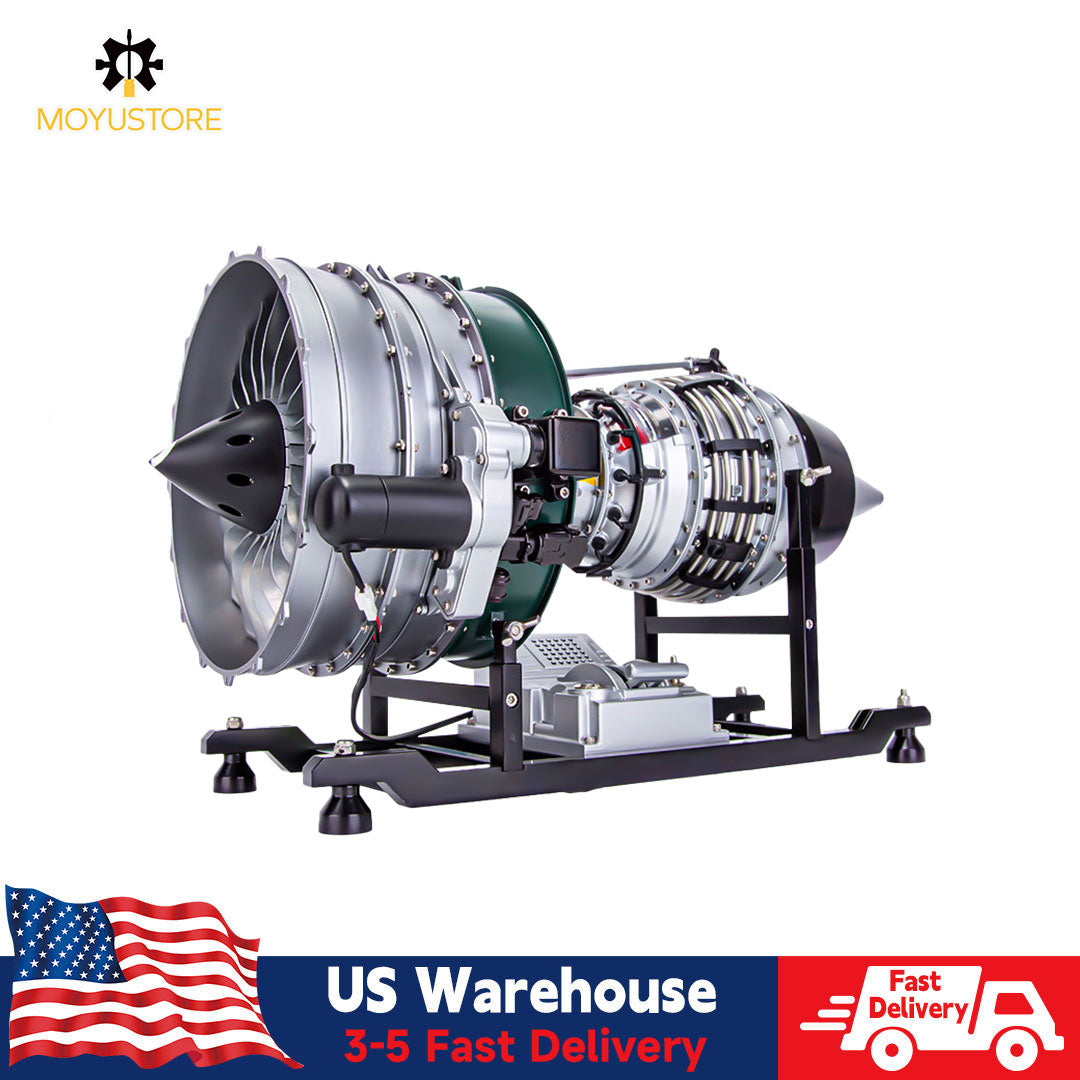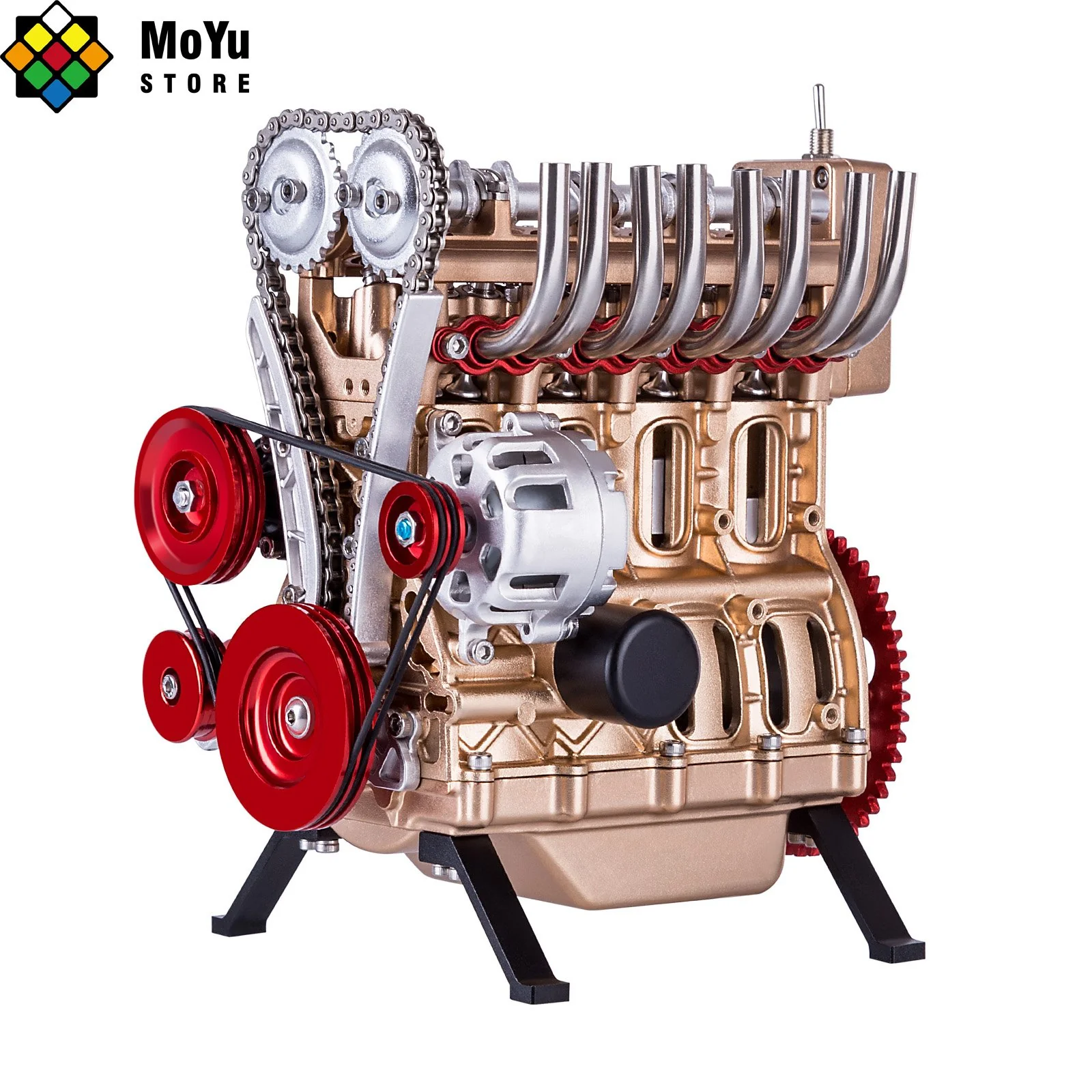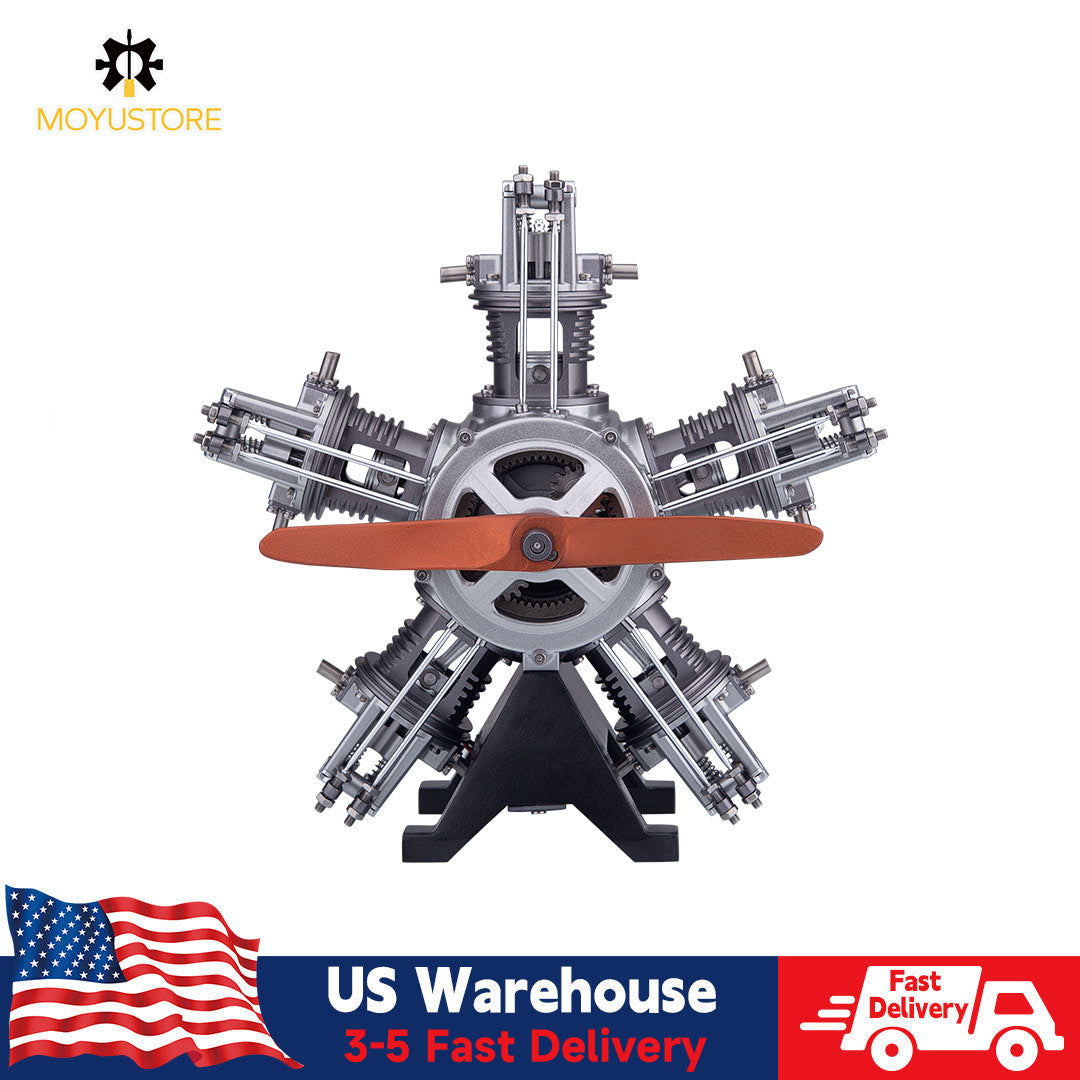Cyberpunk is a term used to describe a genre of science fiction writing that began to develop in the 1980s and has now developed into a specific style. Bruce Bethke first coined the term "Cyber Punk" in his 1983 science fiction novel "Cyberpunk". But it was William Gibson's Neuromancer in the 1980s that brought cyberpunk to the public eye.

Nowadays, "cyberpunk" and "steampunk" can be seen everywhere, and more and more punk elements appear in people's lives. It seems that without the illumination of neon lights, the whole world is not trendy at all. The living space of cyberpunk texts lies in the blurred zone between reality and virtual reality, with strong dystopian and pessimistic colors. The badly used cyberpunk seems to have lost the true punk spirit, and has become a unique example of catering to young people's aesthetics. Friends who are new to cyberpunk are generally attracted by the mechanical prosthetics under the neon lights, the treacherous world where AI controls humans, and the awakening and rebellion of lonely hackers. Indeed, the sharpness of these pictures is unique, and it is reasonable to capture the audience.
But when you look at it, you may find something strange: why does every cyberpunk work have some Japanese elements? For example, the mechanical girl suddenly pulls out a samurai sword; the hacker finds a stall to eat ramen after escaping from death; Seeing these pictures too much will make people wonder why there are not so many Japanese elements in the construction of the cyberpunk worldview? If we say, cyberpunk is a dish of chowder with a special taste. Neon lights, haze, mind control, artificial intelligence, urban jungle, mechanical prosthetics, virtual reality, and deprivation of human beings by large companies, these ingredients are all necessities, and the strange Japanese and Asian elements seem to have become an irreplaceable flavoring agent. How did this "recipe" come about? This starts from the founding period of cyberpunk.
Why cyberpunk is popular in JapanCyberpunk, a subgenre of science fiction that focuses on advanced science and technology in a dystopian future, has gained popularity in Japan for a number of reasons.
One reason is that Japan has a long history of science fiction literature and media, and cyberpunk themes and aesthetics fit well within this tradition. Japanese science fiction has often explored themes of artificial intelligence, virtual reality, and the intersection of technology and society, which are common in cyberpunk works.
In addition, Japan is home to a number of major technology companies and has a reputation as a leader in the development and adoption of advanced technologies. This has likely contributed to the popularity of cyberpunk in Japan, as the genre often portrays a future in which technology plays a central role in society.
Finally, Japan has a unique culture and aesthetic sense that has influenced the way cyberpunk is presented in Japanese media. This has led to the creation of a distinct subgenre of cyberpunk known as "Japanese cyberpunk," which combines traditional cyberpunk themes with elements of Japanese culture and aesthetics.
Overall, the popularity of cyberpunk in Japan can be attributed to a combination of the country's rich science fiction tradition, its status as a leader in technology, and its unique cultural influences.
1. The global cultural influence of the 1980s
In the world of cyberpunk, it is an eternal proposition that technology implants ideas and abilities into humans, and finally completes control. And Japan, a peculiar country, also cleverly implanted its own cultural will in the process of the rise of cyberpunk.
In the late 1970s and early 1980s, YMO, composed of three musicians, Hosono Harutomi, Takahashi Yukihiro, and Sakamoto Ryuichi, was all the rage. They inherited punk music from the UK and fused it with electronic music and psychedelic styles. The expression of the unique concept of "music magic of the yellow race" has shocked the European and American music circles. A large part of the inspiration for YMO's creation at that time was the technology boom that had just begun in Japan. The national enthusiasm for robots, bionic devices, and computers has created a unique kind of technocracy. This atmosphere was imported into Europe and the United States through music, comics, movies, etc., forming a cultural confrontation beyond the economic and technological confrontation between the United States and Japan. William Gibson, who has drawn a lot of inspiration from YMO music and Japanese culture, expressed his familiarity with Japanese culture and fear of Japanese technology in his works. In 1988, the board game "Cyberpunk" appeared, which borrowed a lot of ideas and images from William Gibson. This board game world view depicting the collapse of the US government, the rise of large companies, and the Japanese company Arasaka fully infiltrating the United States is the original IP of "Cyberpunk 2077".

In "Cyberpunk 2077", Takemura said that his hometown is in Chiba, Japan, which is a tribute to the first chapter of "Neuromancer", "Sad Chiba City". Chiba City is the sea estuary of Tokyo, and it was the place where Japan had the most developed international trade and the most concentrated technology industry in the 1980s. Perhaps because it often appeared in international news, it was imagined by writers as a representative of Japanese-style dark night cities and technological jungles, and inexplicably became a "sacred place" for cyberpunk enthusiasts later.
2. The Birth of a Dystopian Mood
The theme of cyberpunk is to reflect on the dark side of technology and its relationship with human beings by depicting the decadent predicament of "high-tech and low life" after the over-development of technology in the future world. This kind of dystopian thinking has a huge sense of ambiguity and sadness, rather than a clear-cut denial and opposition to technology. All in all, cyberpunk has a highly unified sci-fi aesthetic system from form to content to theme.
More and more cyberpunk movies show that human beings are created by machines, and they "plant" people like potatoes, completely objectifying and enslaving people. Due to the perfect illusion of the maternal world, most people do not know the truth of the world. They work and live step by step, just like us. However, no matter how perfect the machine is, it will fail, and no matter how perfect the system is, there will be bugs—the bugs of the matrix, that is, a few people have discovered its secrets and started to rebel against this virtual world.
It expresses that the machine has not only learned the truth, goodness and beauty of human nature, but also learned the false, evil and ugly of human nature. When the two poles of human nature are combined, it is possible for human civilization and machine civilization to reach a consensus.
At that time, the Western world was falling into the vortex of the post-Cold War era. The economic crisis and the aftermath of the Cold War created strong pessimism and dystopian sentiments in the soil of public anxiety and worry. The all-round rise of Japan has made the Western world re-examine the distant Eastern civilization. "Since the late 1970s, an important concept has appeared in Western science fiction works, that is, Japan represents the future. Japan's weird culture represents an unpredictable future." American cyberpunk novelist Anna Lee Newitz (Annalee Newitz) said so.

Because of the strong opposition between Eastern and Western cultures, the construction of the cyberpunk world is often full of many interesting oppositions: the opposition between individuals and totalitarian organizations, the opposition between broken and advanced technology, the opposition between flesh and blood and steel and iron, and so on. The center of cyberpunk is "High Tech Low Life". Author Bruce Sterling summed up cyberpunk as: "Treat people like rats, and all measures against rats can be imposed on people equally." Therefore, the game Bopunk stories have always revolved around technology and individualism.
This is exactly the charm of cyberpunk. It allows us to examine ourselves and the present, so as to carefully choose our attitude towards technological progress. At the same time, it does not give a clear answer, but only presents various possibilities, so that the right to choose is always in your own hands.
3. The golden age of Japanese cyberspace is coming
The arrival of the golden age of Japanese cyberspace has a lot to do with the efforts of Japanese animation artists. And the Japanese society in the 1980s, especially the Japanese technology industry, also provided countless nourishment to these "human nature" painters.

In October 1981, Japan announced the launch of the development of the fifth-generation computer, with a total investment of 100 billion yen, saying that it would become a great change in the history of human computers. This incident was called "Pearl Harbor in the technological world" by the American media at the time, and it naturally aroused thousands of waves in Japan. Coupled with Japan's success in a series of industries such as robotics, bionic technology, and semiconductors, a society where human beings are dominated by high technology and terror and confusion seems to be in sight. AI is coming, robots are coming, and the will of big companies will monitor everything. All kinds of fantasies filled the Japanese cultural circle at that time. Then combined with the tendency of surprise and death in Japanese culture, a series of very hardcore Japanese cyberpunks were born.
In 1973, Sakyo Komatsu's "The Sinking of Japan" opened the creative curtain of technological destruction and the shadow of nuclear war. In 1988, the animated film "Akira" with cross-age significance was released. The theme of the post-nuclear city and technology dominating human nature reflected Katsuhiro Otomo's philosophical speculation and deep worries about the explosion of technology.

In 1989, "Ghost in the Shell" began to be serialized, and then in 1995, it was put on the big screen by the geek director Oshii Mamoru. This well-known work discusses various topics such as electronic brains, mechanical prosthetics, AI, and souls. It can be said that everything that can be cyberpunk is not missed. Paired with ethereal and mysterious Japanese-style music, text and screen expressions, it has realized the golden age of Japanese cyberpunk and has become a milestone that cannot be bypassed when it comes to cyberpunk.


Accompanied by the rapid development of Japanese animation, these peculiar expressions that fully infiltrated wasteland fear, electronic fear, and centralization panic into animation works were a great success in that special period, and then became the original classics of cyberpunk moving towards games and movies.
Whether in the horizontal or vertical direction, the disordered and excessive expansion, the fine-grained division of labor and organization, and the economic and cultural separation between people, these over-inflated three-dimensional urban characteristics are further spectacle in cyberpunk source of inspiration for the city.
4. Color Visual Conceptual
Visually, the cyberpunk-like cities are mostly cool tones, combining damp (rainfall), modernization (air vehicles), artificial landscapes (diversified architectural shapes, towering buildings), city lights (neon advertisements) , LED display) and other elements in one. And all of these make Japan the cyberpunk world that the creators most yearn for.
Tokyo has the characteristics of small space, every inch of land, and dense population; it is surrounded by giant skyscrapers, like a modern machine running at high speed; but Tokyo's urban construction follows the design standards of hard, industrial, and mechanical, and it has the image of an urban steel jungle. feeling, while the bustling crowd rushes through the urban jungle. Such visual effects will naturally put people under psychological pressure, and it also fits the core spirit of cyberpunk virtually.
Japan under the nightfall is more in line with the cyberpunk world construction. At night in Tokyo, when the densely packed signboard lights on the street are lit up, combined with the color of neon lights, it becomes another world completely. The dense flow of people, complicated streets and various neon signs make the whole city feel airtight, and human beings seem to live in a city built by signs.

In the design of Japanese-style signboards, the government has strict regulations on the signboards installed in the city. After the designer designs the name and information of the brand on the signboard, he also needs to carry out the saturation of the color matching of the signboard and the luminous degree of the light box according to the government regulations. Adjustment. Such regulations enable many signboards to retain the characteristics of their respective brands when they are displayed on the street, and can also be recognized with uniform brightness when there are many signboards.

In the urban space where every inch of land is expensive, the small and intuitive shop sign lights, flickering and blending in the dense urban jungle, seem to be the real cyberpunk world.Of course, the most exciting thing about cyberpunk is the iconic neon lights. It used to be the most luxurious lighting imaginable, but over time, the neon lights that appeared in the dirty bars and the sex shops on the sidewalk gradually became the symbol of the seedy city. The candy-flavored lights are often associated with words like "psychedelic" and "nothingness." When modeling a cyberpunk world, androgynous lighting is frequently chosen. This is because two-color lighting does not appear in nature visible to the naked eye, it can only be created artificially, and it is completely an optical illusion brought about by technology. Therefore, most science fiction films like to use pink, blue and purple. Especially at night, neon lights are dense and crowded, interweaving and rendering each other until they swallow all the original black and leave their own colors. Neon satisfies people's confusion between the old and new centuries.
5. Eastern Shadows
Looking back at the subcultural circle after World War II, we will find that the confrontation between countries and the advancement of globalization, these two naturally contradictory things have become cultural hotbeds time and time again. The U.S.-Soviet struggle for hegemony and the Iron Curtain of the Cold War promoted the rise of a lot of science fiction, spy wars, and ideology-related works in the 1960s and 1970s. Many of them have lost the imprint of the times and have been handed down to this day. The rise of Japan's economy, technology, and multinational corporations in the 1980s also provided such a contradictory and bizarre "cultural impetus." At that time, there was a sense of fear in the European and American cultural circles about the failure of technological competition and Japan's domination of the global economy. Especially at that time, the United States experienced economic stagflation, and Japanese multinational companies penetrated into all aspects of automobiles, home appliances, and electronics. The ubiquitous "Japanese tax" magnifies this psychological collapse effect.

On the side of Japanese creators, a kind of carnival and alienation psychology that technology will explode in an all-round way is deeply rooted. People began to look at everything from the perspective of technological development, and then there were predictions and panics about AI, robots, and electronic biochemistry.

These two emotions are intertwined, allowing cyberpunk to gain cultural consensus and recognition from both technological competitors. High technology, low life, and people being controlled by technology and society, these themes have become the clear legacy of the era of technological explosion. In addition to Japanese elements, the most common oriental element in cyberpunk is the Kowloon Walled City in Hong Kong, China. The imagination of people being squeezed by buildings, trapped by neon lights, and living in dirty corners of the bustling city has been further deepened under the background of global technological competition. The Kowloon Walled City has become a "projector".
The Japanese genes of cyberpunk include the alienation of Orientalism from the Western perspective, the deep fear of human high-tech out of control, and the social indifference brought about by the huge city. Western authors firmly believe that Japan will inevitably follow this path in the future. And many Japanese seem convinced. It's a pity that the development of science and technology is not so scary, but the bursting of the economic bubble is really terrible.
The future cities depicted in cyberpunk sci-fi movies are not predictions and clear pointers to the current cities, but more like acting as a "mirror". The society's imagination of the city and its own destiny reflected in this mirror has aroused great resonance, and here is the source of this cultural prosperity. In fact, think about it from another angle. The time quadrant we are in includes a series of elements such as post-epidemic, Sino-US technological competition, entertainment globalization, and new energy transformation. It is actually a very good cultural hotbed.
Photo source: all photos are from wiki
